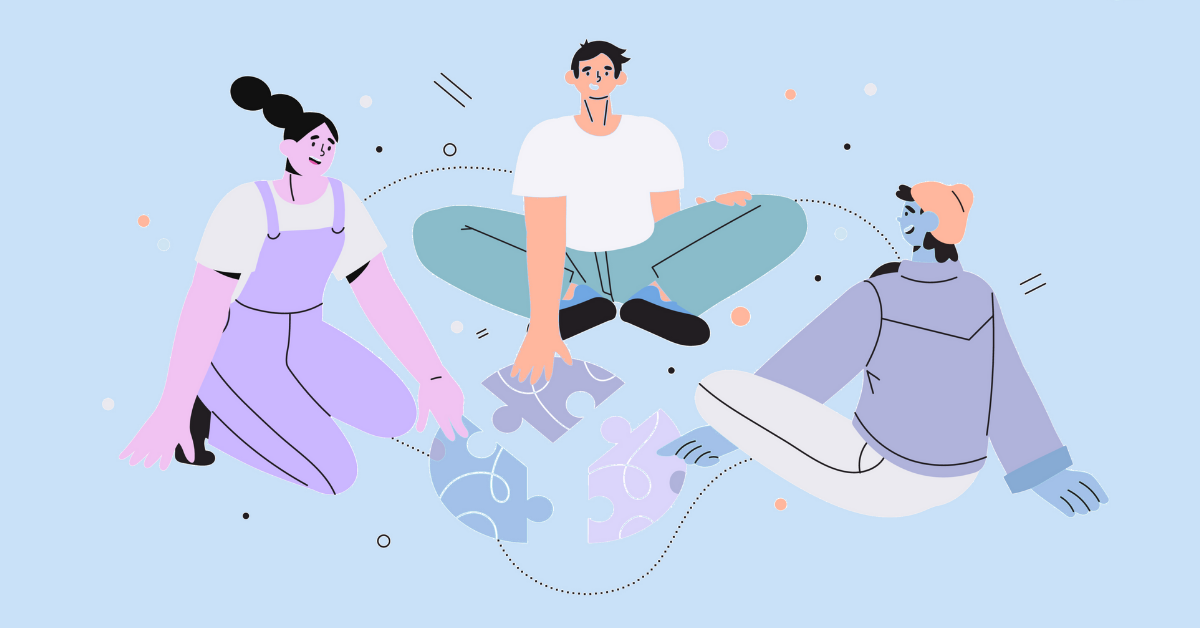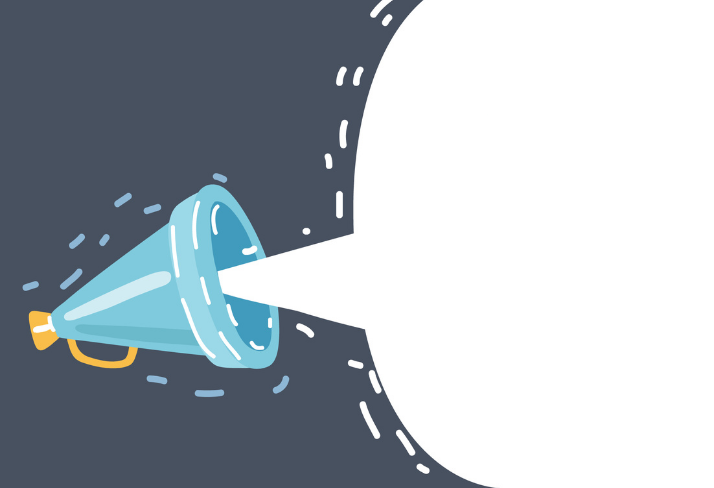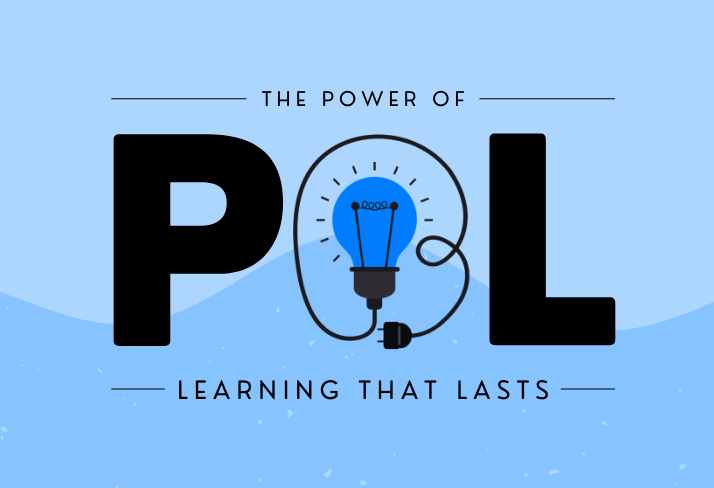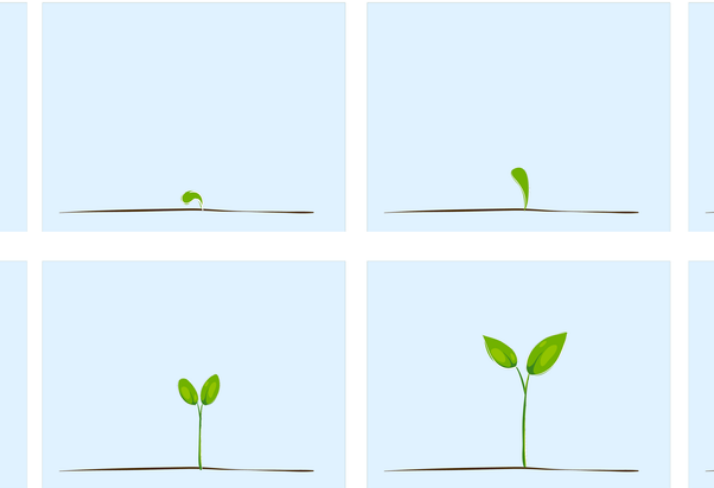|
Offer your students an opportunity to solve real world problems, demonstrate critical thinking skills, and collaborate with their peers.
Problems. There’s no shortage of them these days — the pandemic has spurred countless challenges and intense despair; there are too many to list. Teaching during the pandemic has been a challenge in and of itself, as we are always looking for ways for students to be engaged with curricula and drive their learning, and that’s hard to do whether we’re teaching in person or remotely.
If you think back to your college or grad school days, you may recall the constructivist thinkers, such as Jean Piaget, who believed that students learn best when they construct their own learning. Problem- and project-based learning offers teachers an opportunity to do just that — instead of telling students the answers, you can create a learning environment in which students learn through discovery, thinking, tinkering, reflecting, and developing answers on their own. We may already be familiar with ways that we can bring this type of learning to in-person classrooms, but it can also be delivered to students who are learning in remote or blended environments.
Problem-based learning vs. project-based learning
Project-based learning is situated in real-life learning. The Buck Institute for Education defines project-based learning as a “teaching method in which students gain knowledge and skills by working for an extended period of time to investigate and respond to an authentic, engaging, and complex question, problem or challenge.” If you ever walk into a classroom and see students working on a project with an exciting buzz in the room, chances are, their teachers have designed a project-based learning task. In our own lives, we know that when working on a project, we often discover a problem we didn’t realize we had — but once it surfaces, it demands a solution. (Remember those early pandemic days when we were acclimating to teaching remotely, but also trying to solve the problem of having no dedicated teaching space at home?) In teaching, this idea rings true, too. As we are learning more about a topic, we may discover a problem alongside our students, and this is the breeding ground for an exciting new project. This is the foundation of problem-based learning. Problem-based learning also offers students real-life learning opportunities, as well as the chance “to think creatively and bring their knowledge to bear in unique ways” (2020 Schunk, p. 64). Problem-based learning can look differently depending on the content and grade level, but often includes group discussions that allow for multiple perspectives on a topic, a simulated situation that involves role playing, or group work that includes both collaborative work and time to complete tasks individually. Problem-based learning promotes autonomous learning, self-assessment skills, planning time, project work, and oral and written expression skills. According to a July 2020 article from the Hechinger Report, problem-based learning has gained tremendous momentum, because it allows students to work more freely and at their own pace — a key advantage when learning remotely. In problem-based learning, the content and skills are organized around problems, rather than as a hierarchical list of topics. It’s also inherently learner-centered because the learner actively creates their own knowledge as they attempt to solve the problem.
Putting the “Problem” into Practice
As former English teachers, we both understand the challenge of putting new professional learning into practice. For teachers who need a refresher on how to design a problem-based learning experience for their students, Problem Based Learning: Six Steps to Design, Implement and Assess breaks down the steps to move PBL into practice as follows:
To help put these problem-based steps into perspective, we can look to our recent work with partners from a high school in the South Bronx. The chemistry team there decided to use an anti-racist lens while addressing a problem that was very real to their students — fireworks. During the summer of 2020, there was a record number of firework incidents in New York City. According to an article in the New York Times, the city received over 1,700 fireworks complaints in the first half of June alone. Our partners used this problem as an opportunity for students to research fireworks from multiple lenses, and imagine how they might present their findings and recommendations to local officials. After all, shouldn’t New York Governor Andrew Cuomo hear from high school students in the Bronx about the effects fireworks have on their communities? Here’s what the framework might look like in this example:
From here, we can imagine the possibilities for this framework, considering how students might address the underlying problem from different perspectives and content areas:
Teaching and learning throughout a global pandemic has presented more than its share of challenges. Out of necessity, tremendous innovation has taken place with the use of technology, pedagogy, and curriculum. With problem-based learning, we can continue this innovation in our classrooms, offering our students opportunities to solve real world problems, demonstrate critical thinking, and collaborate with their peers. We would love to hear what problem-based learning tasks you are designing for your classrooms!
|
|
The Center for Professional Education of Teachers (CPET) at Teachers College, Columbia University is committed to making excellent and equitable education accessible worldwide. CPET unites theory and practice to promote transformational change. We design innovative projects, cultivate sustainable partnerships, and conduct research through direct and online services to youth and educators. Grounded in adult learning theories, our six core principles structure our customized approach and expand the capacities of educators around the world.
|
ABOUT US
525 West 120th Street, Box 182 New York, NY 10027 416 Zankel Ph: (212) 678-3161 [email protected] Our Team Career Opportunities |
RESOURCES
Professional Articles Ready-to-Use Resources Teaching Today Podcast Upcoming PD Opportunities |
COACHING SERVICES
Custom Coaching Global Learning Alliance Literacy Unbound New Teacher Network Student Press Initiative |

























